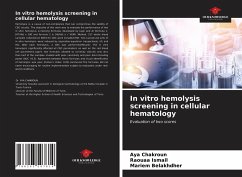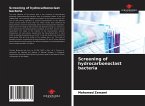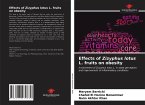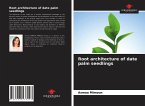Hemolysis is a cause of non-compliance that can compromise the validity of CBC results. The objective of this work was to evaluate the performance of two in vitro hemolysis screening formulas developed by Lippi and Al (formula 1: [HT/Hb] x 100 and formula 2 is [Ht/Hb] x ¿ VGM). Method: 217 whole blood samples collected on EDTA for CBC were included (H0). Two successive sets of in vitro hemolysis were induced by aspiration-expulsion (respectively; H1 and H2). After each hemolysis, a CBC was performed.Results: The in vitro hemolysis significantly affected all CBC parameters as well as the red blood cell parameters.Lippi's two formulas allowed to correctly classify only less than half of the samples studied with poor sensitivity and poor discriminating power (AUC <0.5). Agreement between these formulas and visual identification of hemolysis was poor (Cohen's Index: 0.02).conclusion:The formulas did not seem encouraging for routine implementation subject to evaluation under real-world conditions.
Hinweis: Dieser Artikel kann nur an eine deutsche Lieferadresse ausgeliefert werden.
Hinweis: Dieser Artikel kann nur an eine deutsche Lieferadresse ausgeliefert werden.








